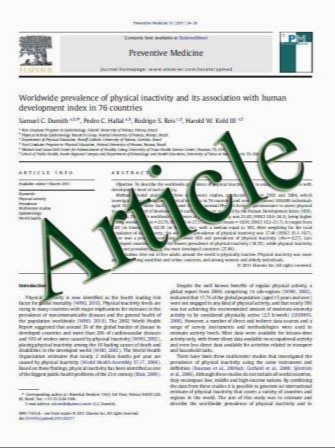Time trends and age-related etiologies of pediatric hydrocephalus: results of a groupwise analysis in a clinical cohort
- نوع فایل : کتاب
- زبان : انگلیسی
- مؤلف : Qura-Tul-Ain Rashid , Muhammad Sohail Salat , Kishwar Enam , Syed Faraz Kazim , Saniya Siraj Godil , Syed Ather Enam , Saleem Perwaiz Iqbal , Syed Iqb
- چاپ و سال / کشور: 2011
Description
with pediatric hydrocephalus and reviewing time trends and age-related differences in etiology, management, and outcomes of pediatric hydrocephalus at a tertiary care center in a south Asian country. Methods We conducted a retrospective cohort study based on case note review of pediatric patients (age, 1 month to 15 years) with hydrocephalus managed at Aga Khan University Hospital Karachi, over an 18-year period (1988–2005). For analysis, the study period was divided into two epochs (period A, 1988–1996; period B, 1997– 2005) and study population was divided into two age groups (0–12 months and 1–15 years). Results A total of 338 cases of pediatric hydrocephalus were identified. Most common etiology of pediatric hydrocephalus was meningitis (38.1%), followed by congenital hydrocephalus (20.4%) and brain tumors (8.3%). Shunt infection and blockage were seen in 38 (11.2%) and 54 (16.0%) children, respectively; 67 (19.8%) required shunt revision. Highest rates of shunt failure were seen in bacterial meningitis (35.3%) and aqueductal stenosis (29.2%). Neurological and/or cognitive deficits were observed more frequently in children under 1 year of age (P=0.029). Duration of hospital stay in period A was significantly higher than in period B (P<0.001). Mortality occurred in 38 (11.2%); it did not differ between two epochs and age groups (P=0.059 and P=0.865, respectively). Highest mortality was associated with intraventricular hemorrhage (23.1%) and brain tumors (21.4%). Conclusion Despite recent advancements, hydrocephalus is still associated with high rate of shunt failure and mortality. Factors associated with poor outcome include younger age group and etiology of hydrocephalus
Childs Nerv Syst DOI 10.1007/s00381-011-1527-5 Received: 20 June 2011 / Accepted: 6 July 2011


